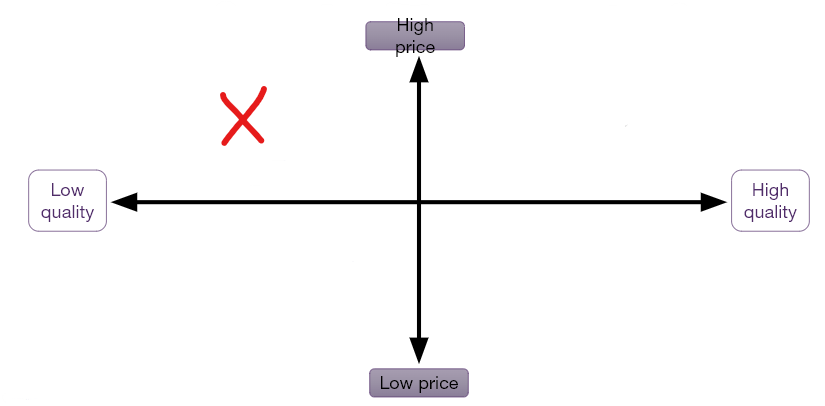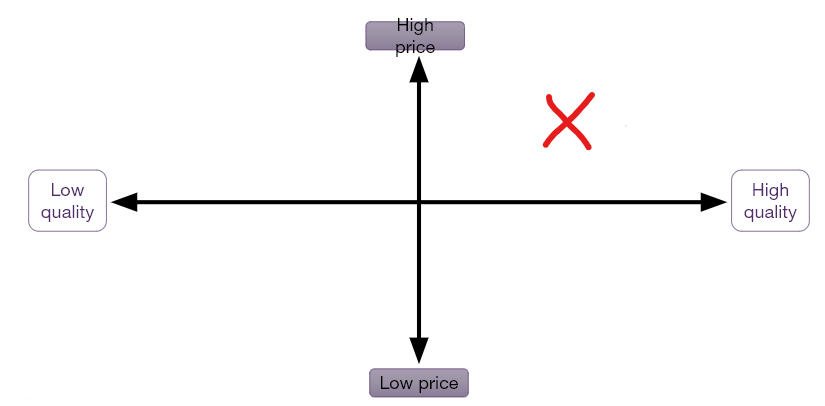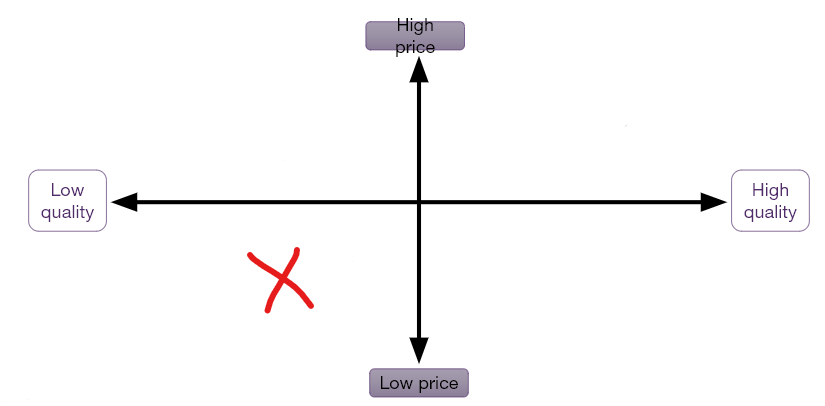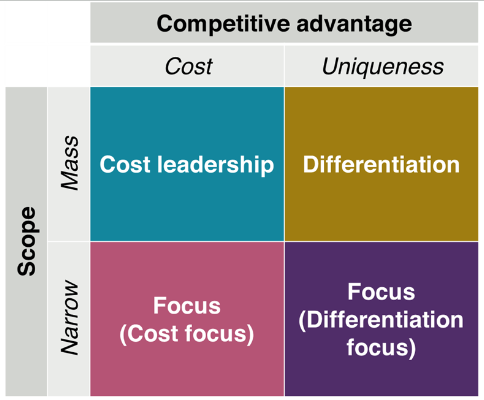4.2 Marketing Planning
1/25
There's no tags or description
Looks like no tags are added yet.
Name | Mastery | Learn | Test | Matching | Spaced |
|---|
No study sessions yet.
26 Terms
marketing plan
outlines a firm’s marketing objectives and the marketing strategies used to achieve these objectives
marketing process
conduct a marketing audit —> set marketing objectives —> plan marketing strategies —> monitor and review performance —> evaluation
advantages of marketing planning
improves the chances of success
provides clear objectives + constraints
allows managers to have better control + understanding
disadvantages of marketing planning
time cost
money cost
human resource cost
plans may be inflexible + outdated
target market
a firm wishes to sell to a particular market segment
market segment
refers to a distinct group of customers with similar characteristics (such as age and gender) and similar needs or wants
consumer profiles
demographic factors
geographic factors
psychographic factors
demography
the study of the characteristics of the human population within a certain area, country or region
geographic factors
location of customers can have implications for segmentation because demographic factors can be largely influenced; location + climate
psychographic factors
consider the emotions and lifestyles of customers; culture, status, religion, values, hobbies, + interests
position maps
reveals customer perceptions of a product or brand concerning others in the market; allows a business to identify any gaps in its product portfolio and refine its marketing strategies

what goes in the X?
cowboy products: these products are positioned to deceive customers and are only used as a short-term tactic to boost sales.

What goes in the X?
premium products: these tend to be luxury products.

what goes in the X?
economy products: these products are often used to appeal to price-sensitive customers into a shop e.g. supermarkets selling ‘no-frills’ own-label brands.

what goes in the X?
bargain products: this strategy is not sustainable, so the approach is only used as a short-term tactic to boost sales.

positioning strategies - stages
identify competitive advantages of a product
select key competitive advantages to market
implement desired positioning using an appropriate marketing mix
niche marketing
targets a specific and well-defined market segment
advantages of niche marketing
better marketing focus
able to charge higher prices due to less competition
highly specialized in meeting needs and wants
disadvantages of niche marketing
limited customer base
few opportunities to exploit economies of scale
successful niche markets can attract new entrants into the industry, leading to more competition
mass marketing
targets multiple market segments to maximize sales
advantages of mass marketing
economies of scale
able to use a single marketing campaign to address entire market
large customer base
disadvantages of mass marketing
high barriers to entry
heavy competition
lacks focus + may not satisfy individual needs + wants
unique selling point (USP)
any aspect of a business, product or brand that makes it stand out from competitors
differentiation
the act of distinguishing a business or its products from rivals in the industry
advantages of differentiation
price advantages
brand recognition + loyalty
distribution advantages
disadvantages of differentiation
costly
economies of scale cannot be exploited
excessive differentiation can confuse customers